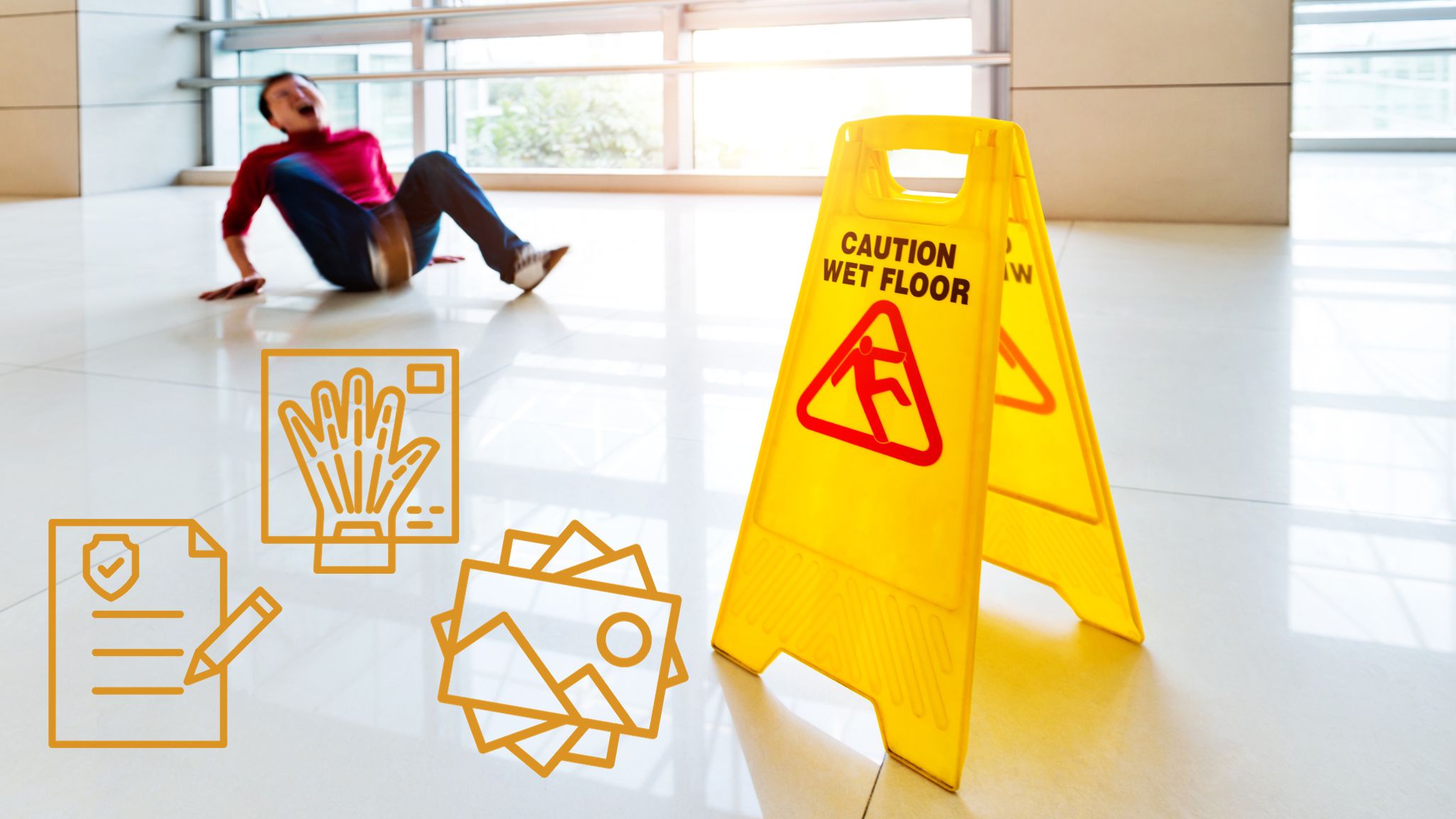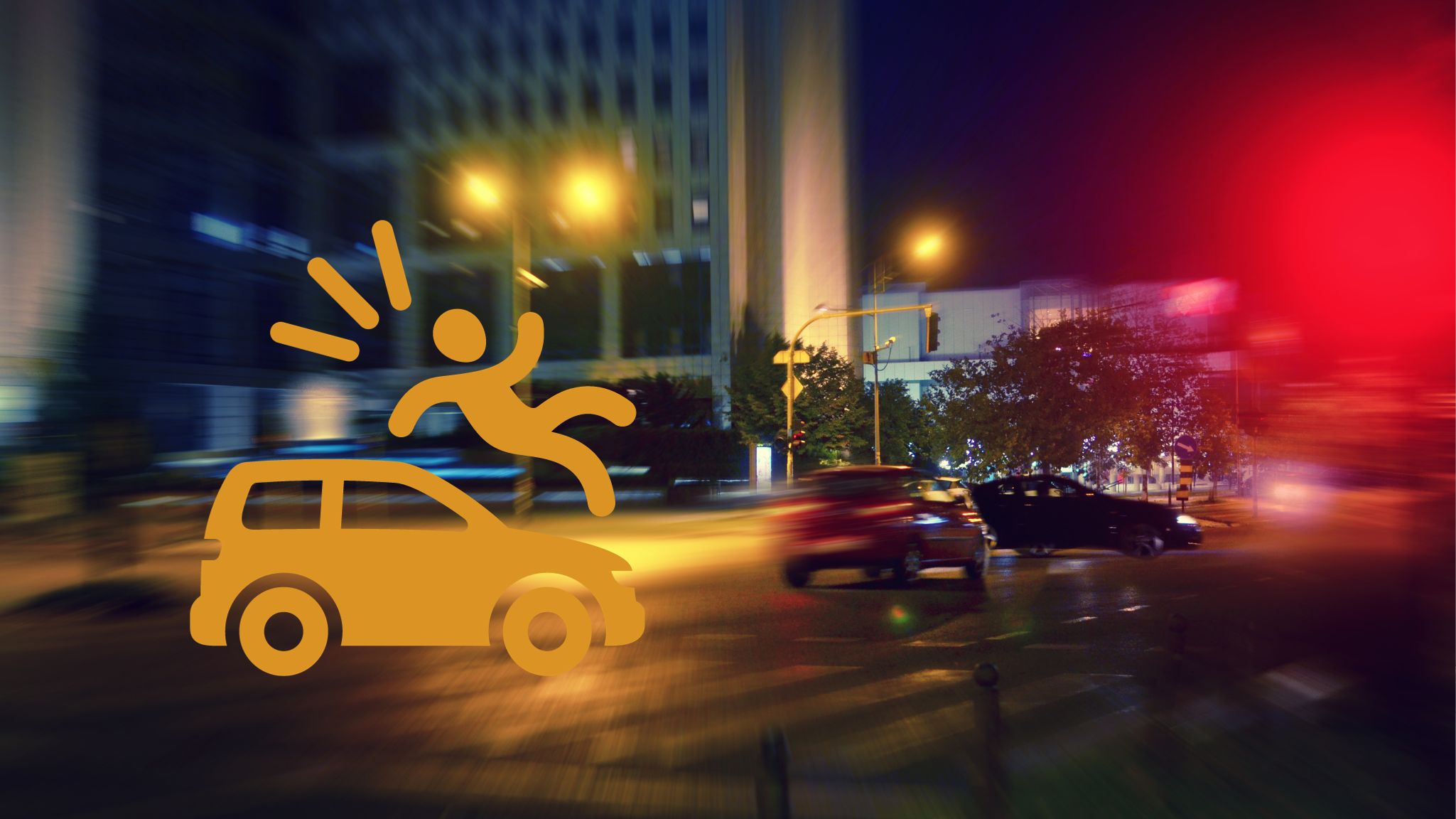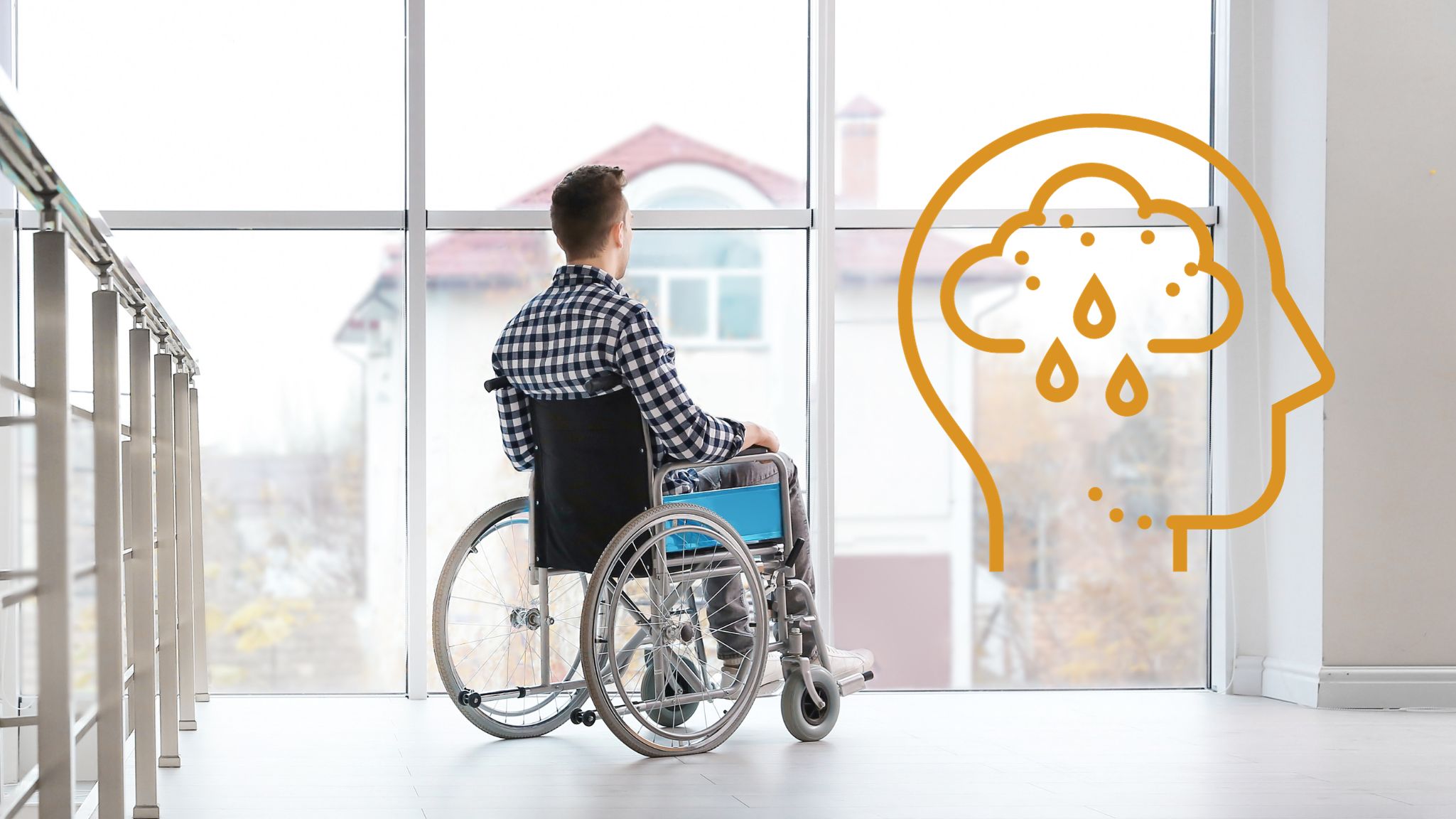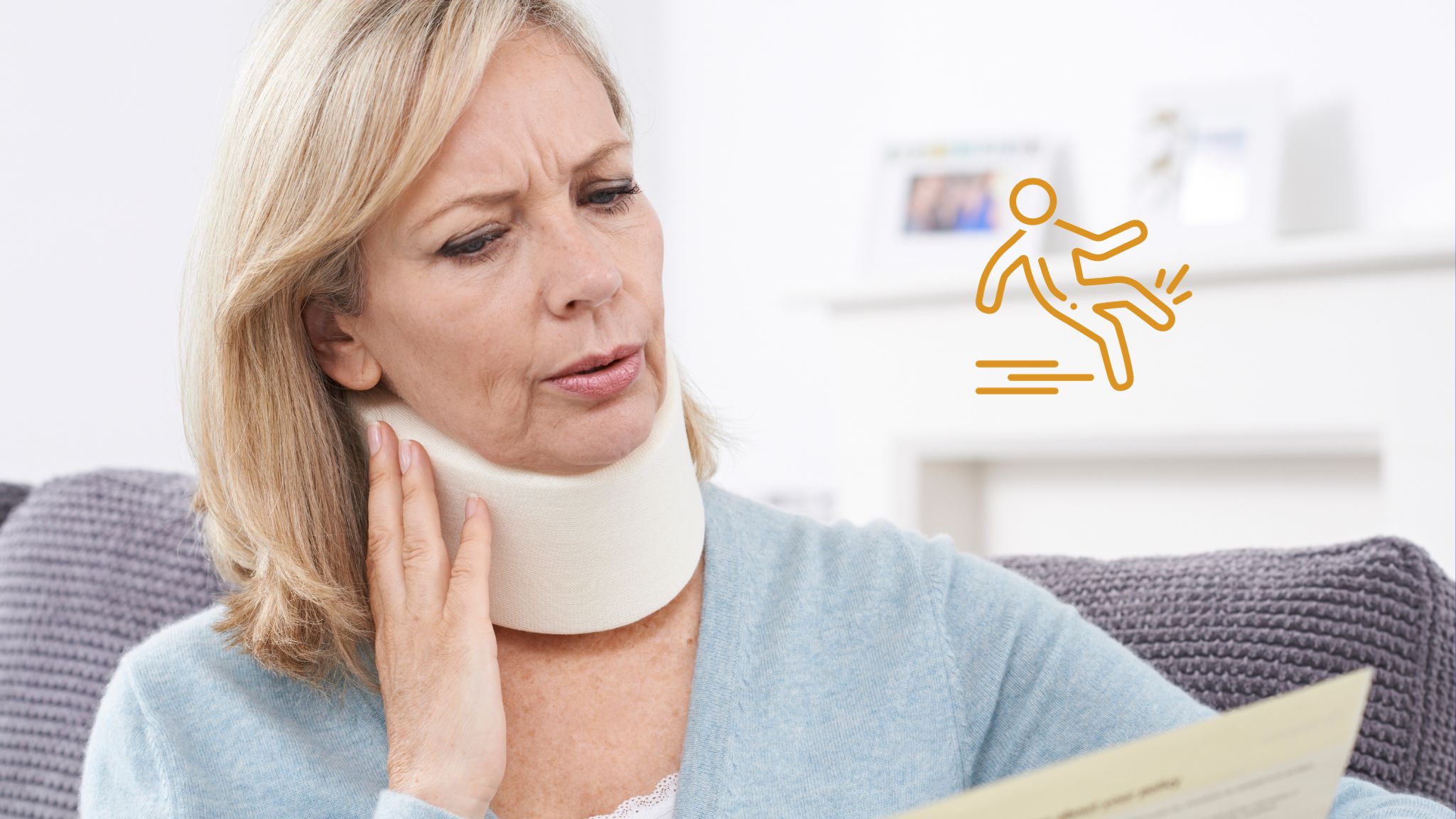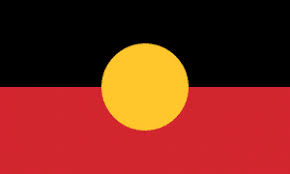Definition of a Public Liability Claim
A public liability claim is claim for compensation to cover the losses incurred as a result of sustaining an injury in a public area.
Common Public Areas Where Personal Injuries Occur
All public spaces have a legal obligation to ensure the safety of individuals who enter them. Public liability claims typically arise in various public settings, including:
Shopping centres and supermarkets:
If you sustain an injury while at a shopping centre or supermarket because of unsafe conditions such as slippery floors, falling objects, or poorly maintained premises, there is the potential to initiate a public liability claim against the property owner or management.
Restaurants and cafes:
If you sustain an injury in a restaurant or cafe due to the negligence of the staff or management, such as slipping on a wet floor, encountering defective equipment, or due to food safety breaches such as severe food poisoning, improper food handling, or allergic reactions, you could potentially have a basis for initiating a public liability claim.
Rental properties:
If you suffer an injury while in a rented property because of the landlord’s negligence, which might include issues like faulty electrical wiring, insufficient security measures, or structural problems, you might meet the criteria to file a public liability claim against the property owner.
Schools:
If you or your child experiences an injury at a school, whether it arises from unsafe facilities, inadequate supervision, or negligence during activities, you may have the opportunity to pursue compensation by initiating a public liability claim against the school or educational institution.
Injuries can also frequently happen in other public settings such as parks, recreational areas, hotels, and stadiums, among various others.
Grounds for Filing a Public Liability Claim
Public liability claims are multifaceted. While your legal representative will assess the viability of your case, here are three criteria to help determine if your claim might be valid:
- You suffered your injury in a public space.
- The injury resulted directly from someone else’s negligence.
- You have incurred financial or non-financial losses due to your injury.
Negligence refers to the failure to exercise reasonable care or caution, resulting in harm or injury to another person. In the context of a public liability claim, negligence pertains to the responsible party’s failure to fulfill their duty of care towards the public.
The Process of Public Liability Claim
Here are the basic steps in the claims process:
- Collect evidence of your accident, which may include photographs of the hazard that caused your accident, statements from witnesses, and accident reports from local authorities or building managers.
- Have your injuries assessed by a doctor and obtain medical evidence, such as scans and x-rays, to substantiate your injuries.
- Determine who is responsible for the location or building where the accident occurred, as you will likely be making a claim against their public liability insurer.
- If your public liability claim is submitted and the insurer accepts liability, they are likely to offer a settlement payment. Many public liability claims are settled without the need for court proceedings.
- If the insurer denies liability or you are unable to reach a settlement out of court, you may need to initiate legal action to secure compensation for your losses.
Public liability claims generally settle within 12 to 18 months, although timelines can vary based on the case’s complexity, the involvement of multiple parties, or appeals made by either party. Court backlogs or scheduling delays can also extend the resolution timeline.
Public Liability Claim – Heads of damages
Depending on the extent of your injuries, you might be able to claim public liability compensation for:
- Lost income
- Medical expenses
- Travel expenses
- Domestic assistance
- Pain and suffering
- Permanent impairment
- Future losses
If you can’t work, you might also be entitled a lump sum TPD payment (please link to my previous TPD claim guide article) through your super fund.
Factors Influencing Compensation Amount
Several factors are considered when determining the amount of compensation owed to a victim, including:
- Severity of the Injury: More severe injuries with long-lasting or permanent damage generally result in higher compensation, especially if ongoing treatment is necessary.
- Age and Life Expectancy: Younger victims with longer life expectancies may receive higher compensation to cover their lifetime expenses in comparison to older victims.
- Pre-Existing Conditions: Compensation may be adjusted if the victim had pre-existing health issues that were worsened or exacerbated by the incident.
- Future Medical Needs: If the injury requires ongoing medical treatment, surgeries, medications, or therapeutic interventions, the compensation may include an amount specifically intended to cover these anticipated expenses.
Time limits
In general, there is a three-year window from the date of injury to file a public liability compensation claim. However, there are exceptions:
- In some cases, it may be possible to file a claim up to three years from the date of becoming aware of your injury.
- If you are a minor or a person with a disability, you have six years from the date of injury.
Public liability claims can be complex, so it’s strongly advised that you engage an experienced public liability lawyer to act on your behalf and manage the claim process for you. The expert public liability solicitors at Jameson Law operate under a no-win, no-fee basis. Contact Jameson Law today.

 (02) 8806 0866
(02) 8806 0866